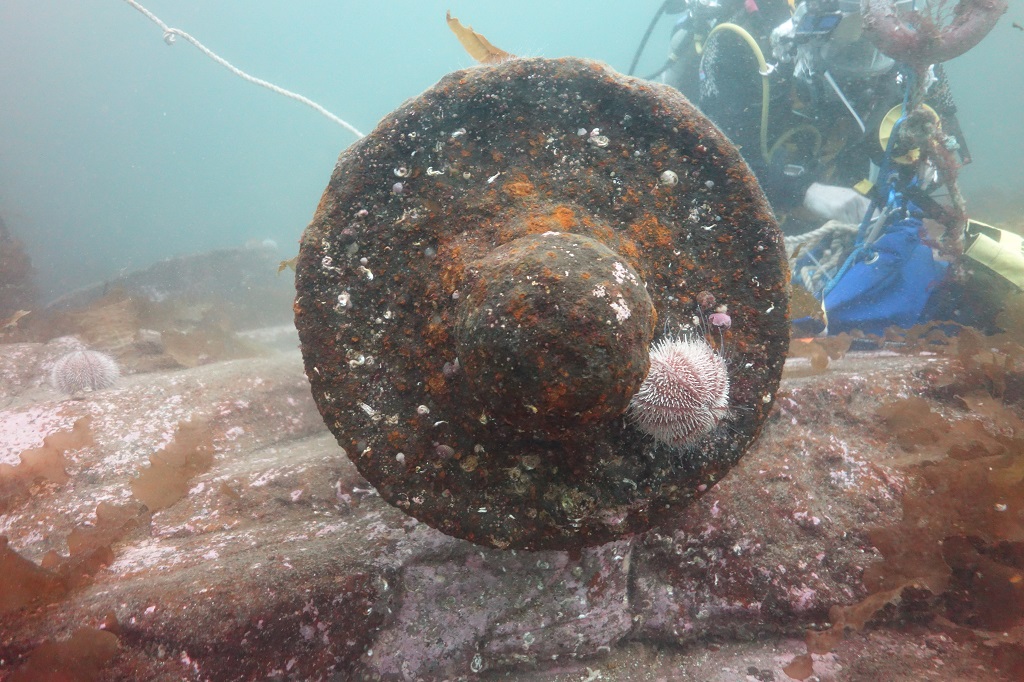A consultation has been launched seeking views from the public on the designation of the site of an 18th century merchant ship which sunk off the coast of Shetland over 250 years ago.
The wrecked vessel is believed to be the Queen of Sweden, a merchant ship of the Swedish East India Company which hit a rock off the headland of Knab while seeking shelter in Bressay Sound, Shetland on 12 January 1745.
The remains lie close to Twageos Point, at the southern entrance to Lerwick Harbour.
Historic Environment Scotland (HES), who advise Scottish Government on the designation of historic MPAs, has recommended the Scottish Government recognise and protect this important part of Scotland’s marine heritage with HMPA status.
Historic MPAs aim to preserve marine historic assets of national importance, so they can be protected, valued and understood.
The wreck of Queen of Sweden is arguably the best preserved remains of a merchant sailing vessel of the Swedish East India Company located in waters around Scotland.
Philip Robertson, deputy head of designations at HES, said: ‘The sinking of the Queen of Sweden was a significant event in the history of the Shetland Isles, and the wreckage that remains is a marine heritage site of national importance that can greatly enhance our knowledge and understanding of the Swedish East India Company and its trading activity around Scotland’s coasts during the 18th century.

The wreck of the Queen of Sweden
‘We believe that designating the site as a Historic MPA will promote its heritage value, and I’d like to encourage as many people as possible to take this opportunity to share their views about this important piece of our nation’s priceless marine heritage.’
The Drottningen af Swerige (Queen of Sweden) was the flagship of the Swedish East India Company, and the largest vessel in the company’s fleet. During the 18th century, the Swedish East India Company played an important role in growing northern European trade with China in tea and silk.
The vessel left Gothenburg on 9 January 1745, en route to Cadiz for more supplies before heading to China. However she quickly ran into trouble a few days later as the weather deteriorated.
With poor visibility and under blizzard conditions, the ship struggled to maintain course, forcing the captain to head for the safety of Lerwick. With the safety of shore in sight, she struck a rock. Luckily all the crew made it to shore safely.
To view the full designation report, and to take part in the consultation, visit the HES website HERE.
TAGS

